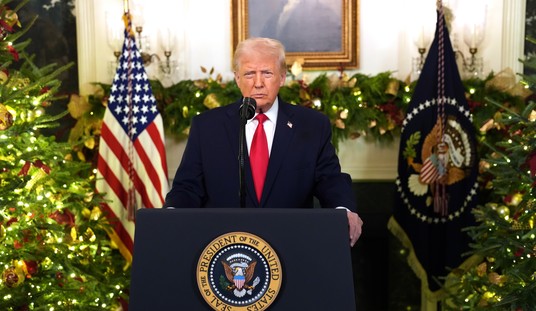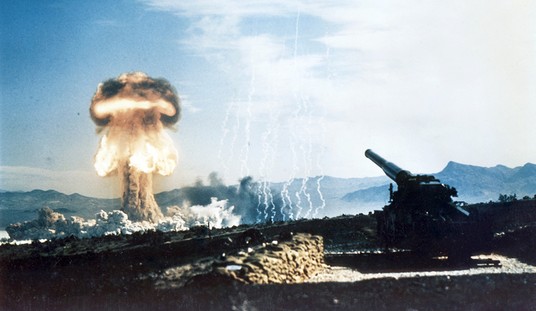If you are sitting at your television tomorrow night at 5 or 6pm, desperate enough for some vital clue as to how the results might look that you find yourself sifting through the exit poll data, look for this one vital clue: how many people were late deciders? The higher that number, the better the result will look for Cruz and Rubio (especially Rubio), and the worse they will look for Trump.
In every electoral contest thus far, Trump has won by winning voters who made up their mind “more than a month” before the voting occurred. In Iowa, he won 39% of this group, compared to 26% for Cruz and 13% for Rubio. In New Hampshire, he scored an astonishing 58% of voters who decided “more than a month” ago compared to 9% for Cruz and 6% for Rubio. Same story in South Carolina, where he won 56% of the “more than a month ago” voters compared to 17% for Cruz and 10% for Rubio. Same story in Nevada, where Trump picked up 59% of the early deciders, compared to 20% for Cruz and 14% for Rubio.
By way of contrast, Trump has consistently gotten destroyed – especially by Rubio (with the notable exception of New Hampshire, which came two days after his debate meltdown). In Iowa, Rubio won people who decided “that day” by collecting 28% of those voters compared to 22% for Cruz and 15% for Trump. He also won people who decided “in the last few days” by winning 31% of those voters, compared to 27% for Cruz, and 13% for Trump. Rubio and Cruz tied with 25% of last day deciders in South Carolina, compared to 22% for Trump. Both beat Trump in “last few days” deciders, with Rubio garnering 29%, Cruz 27%, and Trump 14%. In Nevada, Rubio really ran the table with late deciders, winning 47% of those who decided in the last week, 40% who decided in the “last few days” and 30% who decided “today.”
The reason Nevada and New Hampshire were (relative) blowouts for Trump is twofold. First, in New Hampshire, Rubio’s poor debate performance led to Trump competing well with late deciders. But more importantly, the size of the “early decider” vote was larger in Nevada, the one state Trump has won decisively so far.
In Iowa, 45% of voters decided in the final week of the contest, compared to 55% who decided before that. Result: Trump loss, close 3-way finish.
Same story in South Carolina, where 46% of voters decided in the last week, and 54% who decided before that. Result: Trump win, with Rubio and Cruz close behind.
In Nevada, on the other hand, 76% of voters made up their minds more than a week before caucus day, with the result that Trump rolled to a relatively easy win.
If Trump remains in the 30-35% range across the country, then the situation remains largely salvageable. If he starts to break into the 40-45% range, especially in the Southern states, then it will be very difficult for any of the other candidates to recover.
A good way to determine whether that is happening, from the exit polls, is to look at the number of late deciding voters who show up at the polls. If that number looks like 45% or so, then the race remains static with Trump in the mid to low 30s. If that number falls to 25 or 30%, then Trump is likely looking at a relatively comfortable Super Tuesday.













Join the conversation as a VIP Member